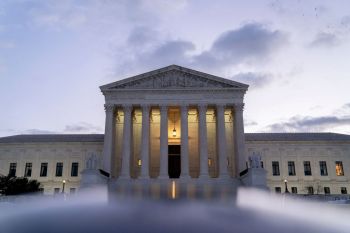In the wake of a dismal new report out by National Association of Consumer Bankruptcy Attorneys (NACBA), everyone’s talking about how student loan debt will be the next big bubble to burst. The report found that the national student debt load has reached $870 billion — that’s more than the nation owes in credit card debt or car loans — and that one in four borrowers carries a past-due balance on a loan.
We’ve been talking about the mounting student debt load ever since the recession hit and created a robust new demographic of borrowers unable to make their payments. But in the wake of this report, that phenomenon seems to have left the ranks of depressing New Yorker cartoon and joined the land of frantic hyperbole (Ticking time bomb! Crisis!)
In the context of this discussion, it’s worth taking a harder look at proprietary schools and the role they play in this ballooning debt. Proprietary schools are institutions operated by private, profit-seeking businesses. They’ve been in the news lately for accounting scandals, poor student outcomes, fraudulent accounting and marketing practices, and manipulative enrollment tactics.
If the overall student loan bubble is characterized by a decrease in public funding (due to municipal budget crunches), consequent increases in tuition, and a lack of jobs for graduates, the nature of proprietary schools compounds the problem.
Many of us have been told all our lives that student loan debt is “good debt” (that’s certainly the tune I heard when I borrowed thousands toward my college degree and then even more for a master’s). But that adage isn’t always right. When there’s no market for the degree you’re getting, all that debt may go to waste. And as a great piece by Catherine Rampell last week in the Times explained, schools are so squeezed now that they’ve cut down on many of the programs best suited to the marketplace, like nursing and engineering.
Private colleges often step in to fill that demand. But they can come with a higher price tag, or at least much higher interest rates, which in turn contributes to the wayward student loan bubble. Some regulation of this industry exists, but institutions systematically flout the rules and get away with it, as a 2010 investigation by the United States Government Accountability Office found.
Perhaps realizing the futility of such regulation, the city of New York this year opted instead for a PSA-style approach, launching a poster campaign called “Know Before You Enroll.” The posters, which appeared in subway cars, bus shelters, and in newspapers, used local horror stories to warn against the for-profit schools in the city, which enroll over 130,000 New Yorkers each year and bankrupt many of them.
Meanwhile, all of this student debt is taking a toll on the wider economy, as reporter Nancy Marshall-Genzer found when she spoke to students in Atlanta this week. Indebted grads told her they were putting off major life decisions until their finances improve. “They won’t be buying furniture, they won’t be renting apartments or buying condos,” Center on Education Policy founder Jack Jennings told her. “So it’ll have a ripple effect throughout the entire economy.”
There’s a lot happening in the world. Through it all, Marketplace is here for you.
You rely on Marketplace to break down the world’s events and tell you how it affects you in a fact-based, approachable way. We rely on your financial support to keep making that possible.
Your donation today powers the independent journalism that you rely on. For just $5/month, you can help sustain Marketplace so we can keep reporting on the things that matter to you.


















